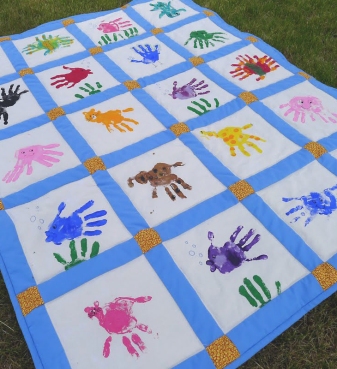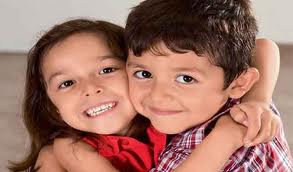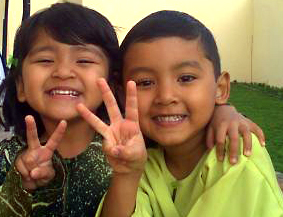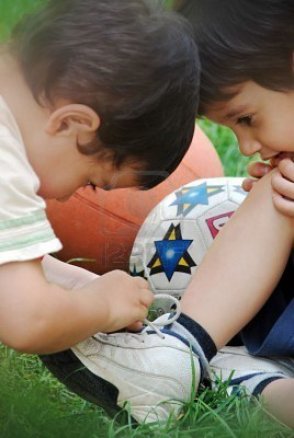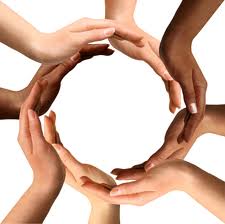By Kyle Aken
Positive discipline is a more effective way to manage misbehaving students in the classroom, rather than using punishment or rewards. It allows students to learn and adapt their behaviors to meet expectations in the classroom, while simultaneously teaching them how to make better choices in their path to adulthood.
Classroom Discipline
If a student misbehaves in the classroom, a teacher must have a few techniques that they can use to reduce or eliminate the unwanted behavior. From misbehaving in the classroom to not doing the assigned work, there are many ways to deal with unwanted behavior including punishment, discipline, or even using rewards. However, the most effective method for dealing with students that are misbehaving in the classroom is using positive discipline. According to the American Academy of Pediatrics, there are many types of positive discipline, and whatever technique is used to prevent or reduce misbehavior will only be effective if:
- Both the student and teacher understand what the problem behavior is and what the expected consequence is for the misbehavior
- The appropriate consequence is consistently applied every time the misbehavior occurs
- The manner you deliver the technique matters (calm versus aggressive)
- It gives the students a reason for a specific consequence to help them learn
In most cases, using punishment or rewards is not needed, as the majority of problems or misbehaviors can be dealt with using positive discipline.
Difference Between Punishment and Positive Discipline
 |
The meaning of punishment is simple - it's an action or penalty that is imposed on a student for misbehaving or breaking a rule. However, the impact on students can be very detrimental, from inducing physical or emotional pain to not being effective in reducing future misbehaviors. Punishment is used to control the behavior of students, in two different ways:
- Negative discipline involves verbal disapproval and reprimands
- Corporal punishment involves severe emotional or physical pain
Alternatively, positive discipline is the practice of training or teaching a student to obey the code of behavior or rules in both the short and long term. Instead of controlling the behavior of students, teachers can use positive discipline to develop a child's behaviors through self-control and making positive choices.
According to Teachers Unite, which is a movement of public school teachers fighting for social justice, punitive punishment toward students — suspensions, aggressive policing and reactive strategies — go against human rights and fail to address the real problem. However, preventative and constructive approaches that use positive discipline create a positive school atmosphere and also teaches students conflict resolution and behavior skills. In the end, positive discipline can help shape a child, by using encouragement rather than meaningless and even painful consequences, like punishment.
Positive Discipline Techniques
 |
There are tons of techniques that teachers can use to reinforce good behavior with positive discipline, including:
- Set the classroom rules at the start of the year
- Have consistent expectations
- Set goals at the beginning of class
- Appropriate behavior should be reinforced
- Remain neutral during conflicts
- Search for the root cause of the misbehavior
- Student dignity matters
- Create individual plans for students
- Use Praise
- Model appropriate behaviors
- Provide students with different choices
- Remove objects in the environment that cause distractions
- Listen to students
Using these positive discipline techniques will help teachers maintain a positive atmosphere and support an inclusive learning environment. In fact, when addressing a specific child, it is important for teachers to work closely with the caregivers and the student to develop a positive discipline plan that works. One of the most critical parts of positive discipline is to help students learn the new behaviors that meet expectations in the classroom, home and elsewhere.
Using Rewards and Privileges
Another alternative to punishment and positive discipline is the use of rewards and privileges for good behavior in the classroom. A reward system can be put in place to encourage good behavior in students that are misbehaving, from helping out other students to raising their hand instead of blurting out the answer. On the other hand, a system that uses privileges, such as being able to go to class without an adult, focuses on good behavior over a period of time and accumulating points toward a certain privilege. However, using rewards and privileges in the long term can lead to negative outcomes, like rewarding students just for participating. To avoid a reliance on a rewards system, positive discipline uses positive and negative consequences to help students learn.
Benefits of Positive Discipline
 |
Using positive discipline techniques can help teachers overcome the many challenges in the classroom and help students learn and make better choices in the future. In fact, using positive discipline in the classroom not only increases academic success in the classroom but provides many other benefits, including:
- Students show respect for the teacher
- Students are on task and engaged
- Less disciplinary measures are needed
- Fewer suspension and expulsions
- Students see rules as fair
- Attendance improves
These are just a few of the benefits that can be seen from using positive discipline techniques in the classroom. On top of this, the benefits also extend beyond the classroom, into the home life, sports and social environment of the student, from being more respectful to everyone to understanding the social norms in different situations.



